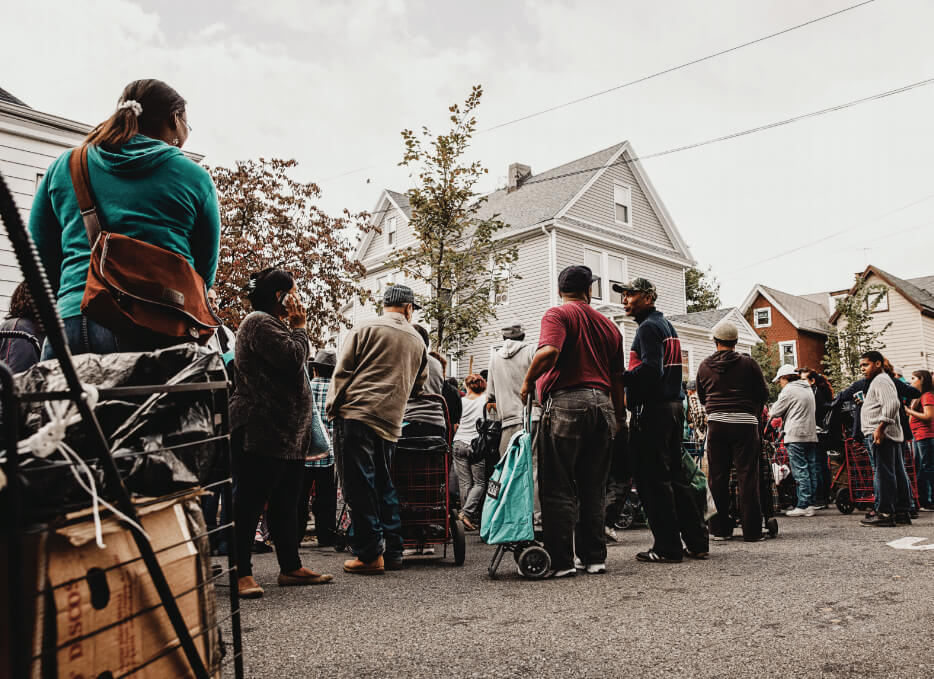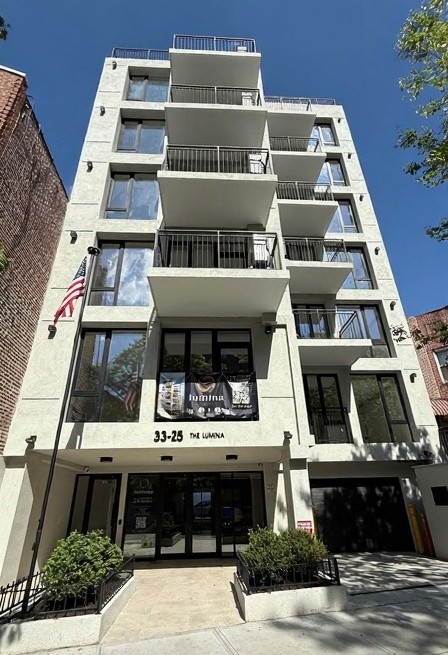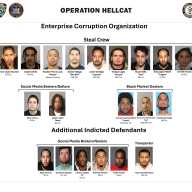Too many people in one section of southern Queens are going to bed each night wondering if they can afford their next meal, according to a report released by the Food Bank for New York City.
Community District 12, which represents Hollis, Jamaica and St. Albans, has the highest levels of food insecurity in all of New York City, the Food Bank found in its report released on Nov. 19.
“This snapshot describes what we’re seeing right now on the front lines and comes directly from the men and women most intimately involved in ending hunger across the five boroughs,” said Food Bank For New York City President and CEO Margarette Purvis.
Food Bank NYC surveyed data from 735 emergency food providers across the city from Oct. 6 to Oct. 29 and looked at information from the United States Department of Agriculture to create its “State of Hunger in NYC” report, which offers a snapshot of food insecurity in the Big Apple.
According to the report, Queens’ residents received $518,696,978 from the Supplemental Nutrition Assistance Program (SNAP), which generated $928,467,590 in economic activity, according to 2017 SNAP data. Approximately 13 percent of people from the borough utilized the benefit in order to put food on the table.
There are approximately 2.359 million people living in Queens, according to U.S. Census data from 2017.
Despite Queens having the highest-ranking district in terms of food insecurity in 2016, the Community District 12 area was the only region of the borough on the top 10 list of food insecurity locations in New York City, according to the report. Brooklyn had seven community districts on the list and the Bronx had two.
Staten Island had no community districts in the top 10 for food insecurity, and Manhattan Community District 10, which is Central Harlem, ranked at number seven on the list, the Food Bank found.
Queens and Staten Island did not have neighborhoods in the top 10 in terms of SNAP use in 2016 either, according to the report. The Bronx had seven community districts in the top 10, Brooklyn had four and Manhattan had one, which represented East Harlem.
Brooklyn was allotted over $1 billion in SNAP benefits and the Bronx was allotted over $805 million, according to 2017 SNAP data. Manhattan was allotted over $409 million and Staten Island was allotted over $107 million.
Overall, there has been a rise in hunger across New York City and state since funds to SNAP were cut in 2013, according to Food Bank For New York City. On the state level, 2.8 million depend on SNAP and on the city level 1.6 million use it.
In 2017, one in five residents of New York City used SNAP, according to SNAP data.
This year, there was a meal gap 42,892,000 times in Queens, according to the Food Bank For NYC. Community District 12 residents had a 7,898,599 meal gap. Meal gaps are instances in which someone has skipped a regular meal (breakfast, lunch or dinner).
Emergency food providers such as food pantries and soup kitchens are struggling to meet the demands of people across the city, according to Food Bank For New York City.
In 2018, nearly 80 percent of the emergency food providers surveyed have seen elevated traffic over the last five years since the SNAP cut, according to the Food Bank For NYC. More than 54 percent of them reported running out of food and 29 percent had to turn away the food insecure.
The increase in the average cost of meals doesn’t help either, according to Food Bank For NYC. In 2018, meals went up by 27 percent across all five boroughs and Manhattan’s went up by 46 percent.
The average cost of a meal this year is $3.73 in New York City, according to the Food Bank For NYC. In comparison, it is $3.09 across the state and $3.00 across the country.
Food insecurity is so prevalent, nearly 70 percent of some pantries supplied food to more than one borough outside its own and 61 percent are asking more help, according to Food Bank For NYC.
“Our survey’s findings make it clear that in the 35th year of the city’s emergency food network, the perceived profile of reach and capacity of the neighborhood soup kitchens has completely changed. The majority of soup kitchens and pantries are forced to punch above their weight class, serving in most cases at least two boroughs outside of their own. It is the greatest indicator of growing need in our city and a requirement for families to try harder to make ends meet,” said Purvis.
Meanwhile, on Nov. 21, Hunger Free America released its annual food insecurity report which found that nearly 9 percent of Queens residents between 2015 and 2017 were classified as food insecure. That includes some 200,000 Queens residents, up from the 192,416 food insecure Queens residents tallied between 2012 and 2014.
According to Hunger Free America, it would cost another $569 million annually “on top of what is already spent” on food assistance programs “to eradicate hunger” citywide.



































